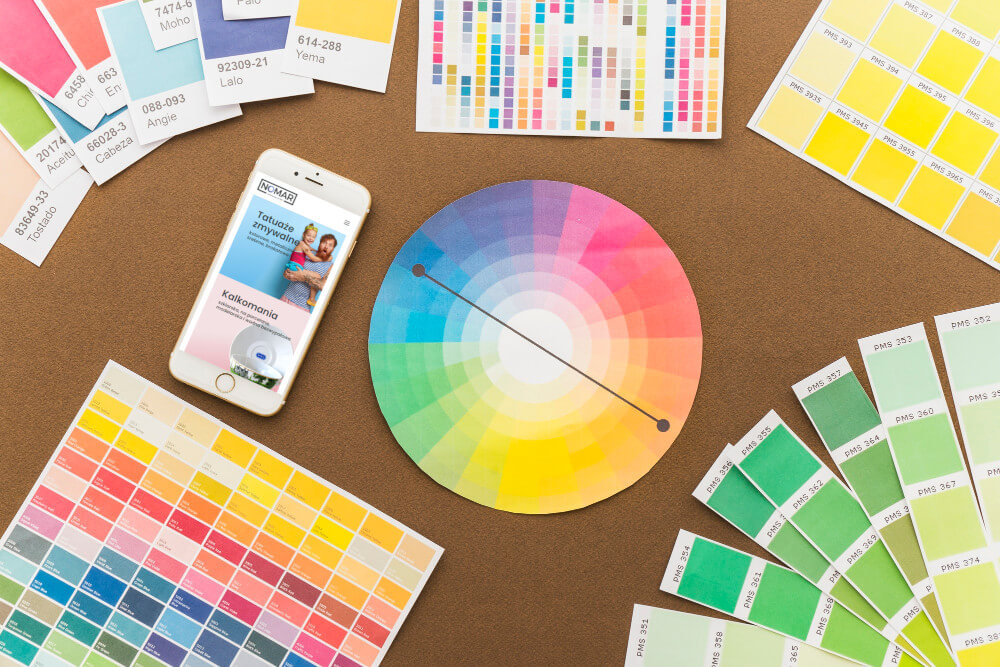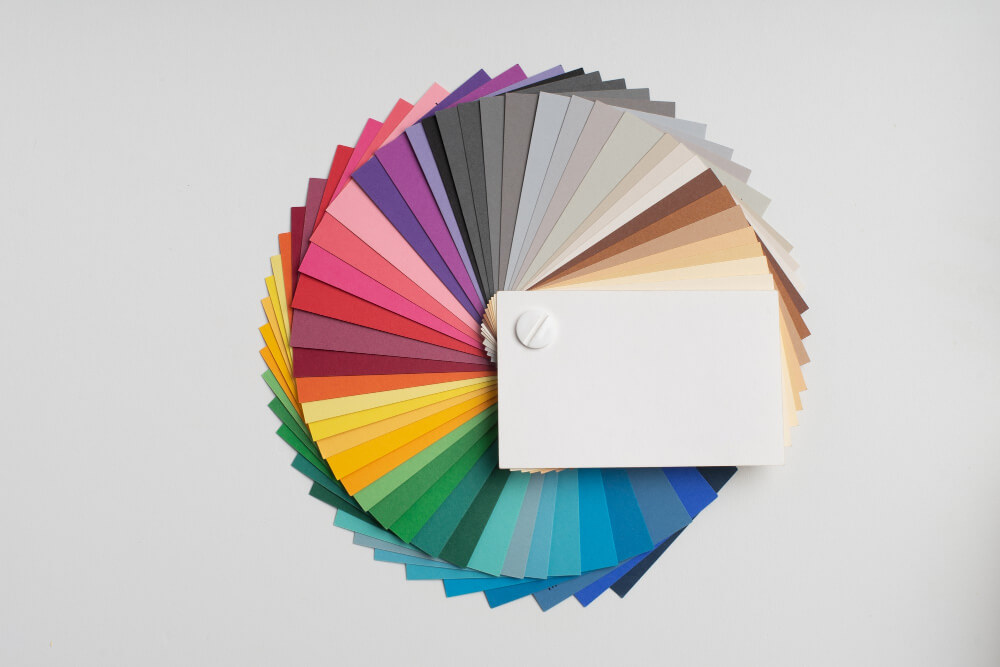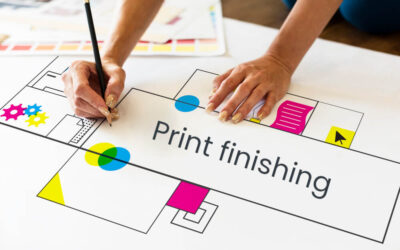Pantone is a brand that has become synonymous with color standardization around the world. Its famous Pantone color palette – Pantone Matching System (PMS) has revolutionized the way colors are defined, communicated and reproduced in various industries, from fashion to printing and computer graphics. With its help, colors can be accurately reproduced at every stage of production, regardless of the material or place of production.
Pantone History
Pantone began in the 1960s, initially as a color card printing company. The company was founded by brothers Mervin and Jesse Levine, but it was Lawrence Herbert, who took over the company in 1962, who turned Pantone into a global color powerhouse. Herbert noticed that the graphic arts industry was suffering from a lack of color standardization, which led to a lot of confusion among designers, printers, and manufacturers. To solve this problem, he developed the PMS system, which allowed for consistent color reproduction.
Pantone Matching System (PMS)
PMS is a color identification system based on numbering and codes. Each color in the Pantone palette is uniquely numbered, which allows for precise determination of the shade. Thanks to this, designers, manufacturers and printers around the world can work together, with the certainty that the final product will precisely match the intended shade, regardless of the medium.
The Pantone system includes not only colors for printing on paper, but also on fabrics, plastics, metal and other materials. Colors are specified using dye mixtures, which eliminates discrepancies resulting from differences in monitor calibration or lighting.
Applications of the Pantone palette
The Pantone color palette is used in many industries, and its influence is particularly visible in areas such as:
1. Graphics and printing – Thanks to Pantone, graphic designers and printers can accurately reproduce colors, which is key in the visual identification of brands. Corporate colors must be consistent and consistent with the guidelines on every medium, from business cards to billboards.
2. Fashion – Pantone plays a key role in clothing design, where color precision is essential for the coherence of the collection. Every year, Pantone also selects the **Color of the Year**, which becomes an inspiration for fashion and interior designers.
3. Interior design – Interior architects and designers often use Pantone to create harmonious color palettes that meet customer expectations. Standardization of colors also allows for easier combinations of different finishing materials.
4. Cosmetics and entertainment industry – In industries where image and aesthetics are key, Pantone offers a tool for creating the perfect colors for lipsticks, nail polishes, makeup or film sets.
Color psychology
Pantone also plays an important role in analyzing the psychology of color. Colors affect our emotions, perception, and behavior, and Pantone helps designers choose the right shades that will affect consumers in the intended way. Each color has its own symbolism – for example, blue is often associated with peace, and red with energy and passion.
Pantone Color of the Year
One of the most famous and anticipated events in the world of design is the selection of the Pantone Color of the Year. Every year, experts from Pantone analyze global trends in fashion, culture, art, technology, and society to choose one color that best reflects the moods and trends of the coming year. The Color of the Year has a huge impact on trends in fashion, interior design, and even marketing.
Examples of the Color of the Year from recent years include:
– 2024 – Peach Fuzz – a peach color, very delicate, subtle, reminiscent of the fluff surrounding these fruits
– 2023 – Viva Magenta – a vivid, bold shade of pink, symbolizing strength and optimism.
– 2022 – Very Peri – a purple dizziness in a delicate, slightly pastel shade
– 2021 – Ultimate Gray and Illuminating – a combination of gray and light yellow, symbolizing resilience and hope.

Are you interested in working with us?
Go to the contact tab or
Pantone’s influence on the creative industry
The Pantone color palette has become an essential tool for all creatives working with color. The standardization of colors offered by Pantone allows for precise communication of artistic intentions, minimizing the risk of errors during production. With Pantone, designers can focus on the creative aspects of their work, confident that their vision will be faithfully reproduced.
Summary
The Pantone color palette is not just a set of shades, but a tool that has changed the way we perceive, communicate and use color. From graphic design to fashion to interior design, Pantone enables consistent color reproduction at every stage of the creative process, which is crucial in today’s globalized world. Color is a universal language, and Pantone color palette provides us with a dictionary that allows us to use it precisely.





